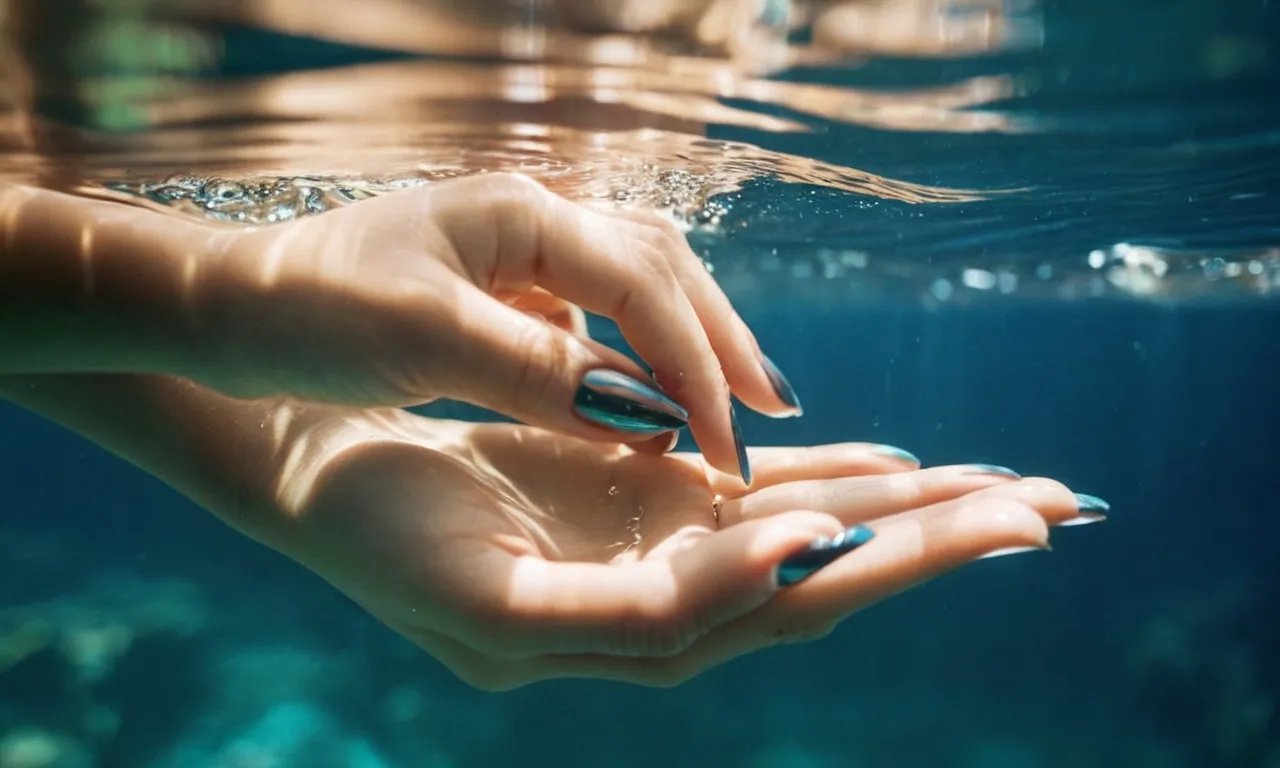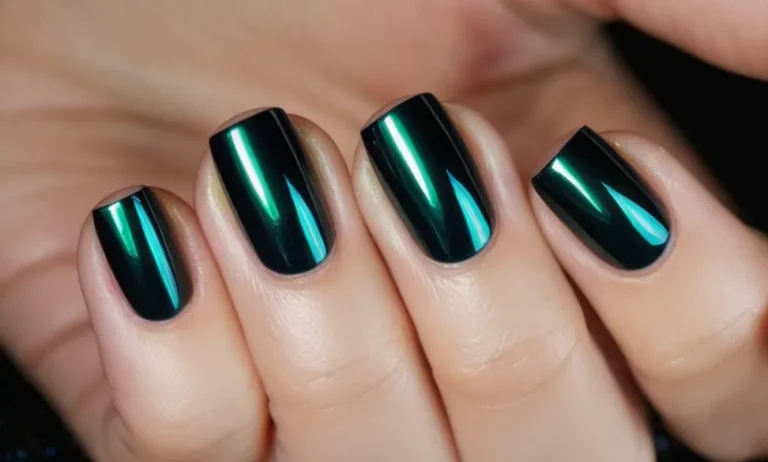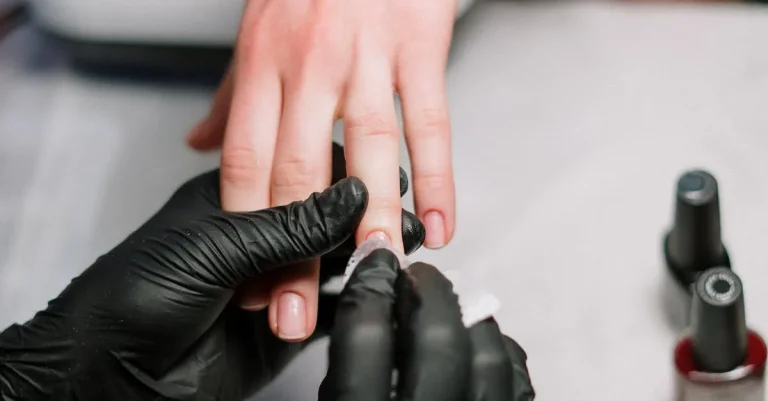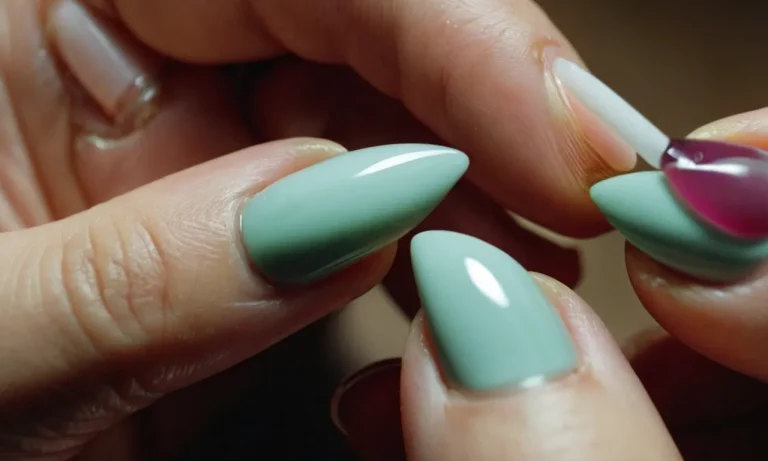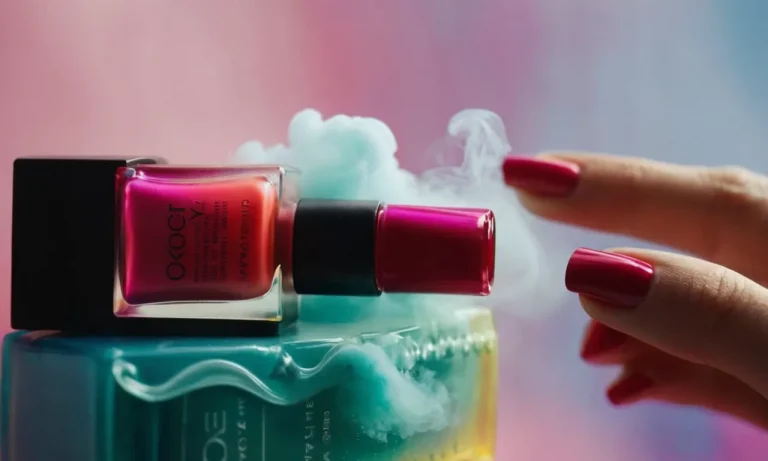Does Water Make Your Nails Grow? A Comprehensive Guide
If you’re wondering if drinking more water or soaking your nails can help them grow faster and stronger, you’re not alone. Many people want long, healthy nails but struggle with fragility and slow growth.
If you’re short on time, here’s a quick answer: research shows that proper hydration is crucial for overall health, including nail growth. Water alone won’t necessarily make nails grow faster, but not getting enough can lead to slower, brittle nail growth.
In this comprehensive guide, we’ll explore the science behind nail growth, look at studies on water intake and nail health, provide tips for hydration, and suggest other evidence-based ways to grow strong, healthy nails.
How Nails Grow: The Biology
Parts of the Nail
The nail is made up of different parts that all work together to enable healthy nail growth. The visible part of the nail is called the nail plate. Underneath the nail plate is the nail bed, which contains nerves and blood vessels that nourish the nail.
At the base of the nail is the matrix, which is where new nail cells are formed and push outwards as new nail growth. The cuticle is the thin skin around the top of the nail plate that protects the matrix. The nail folds are the skin on either side of the nail plate.
The lunula is the whitish half-moon shape at the base of the nail.
The Nail Growth Cycle
Nail growth occurs in cycles. The active growing phase is called the anagen phase, which lasts about 2-4 months for fingernails. This is when the matrix produces new nail cells that push outwards and become the hardened nail plate.
After the anagen phase is the resting phase called the catagen phase, which lasts about 2-3 weeks. Then the old nail that grew in the last cycle sheds, which is the exogen phase lasting around 2-4 months. After shedding, the cycle starts again.
On average, fingernails grow about 3-4 millimeters per month. Toenails grow a bit slower at about 1-2 millimeters per month. However, many factors like age, genetics, season, and health can affect the rate.
What Impacts Growth?
Nail growth can be influenced by many internal and external factors:
- Age – Nails grow fastest in youth and slow down with age.
- Genetics – Some people inherit fast-growing nails.
- Nutrition – Adequate protein, vitamins, and minerals promote growth.
- Health – Illnesses or medical conditions can disrupt growth.
- Pregnancy – Hormones increase growth rate during pregnancy.
- Season & Climate – More growth occurs in summer than winter.
- Hydration – Dehydration leads to slower growth.
- Damage – Injuries or disorders affect the nail matrix.
- Hand care – Trimming cuticles helps growth; chemicals slow it.
While water alone doesn’t directly make nails grow faster, staying hydrated is beneficial. Drinking adequate water supports circulation and metabolism, allowing nutrients to reach the nail matrix for growth.
Water also keeps the skin and cuticles healthy, removing excess keratin that can restrict growth.
Water Intake and Nail Health
Dehydration’s Effects on Nails
Dehydration can have numerous negative effects on nail health. When the body is deficient in fluids, nutrients cannot travel effectively to the nail matrix where new nail cells are formed. This can lead to:
- Brittle, dry nails that crack and split easily
- Peeling or flaking nails
- Ridges or grooves forming across the nail
- Slow nail growth
- Discolored or yellowed nails
Studies show that even mild dehydration reduces blood flow throughout the body, including to the nail bed. Without proper circulation, new nail cells cannot form properly leading to damaged nails over time.
Does Drinking More Water Make Nails Grow Faster?
While dehydration can inhibit nail growth and cause nail problems, simply drinking more water can help reverse these issues. Proper hydration ensures nutrients reach nail tissue so they can regenerate efficiently. Specifically, getting enough fluids:
- Boosts blood circulation to transport vitamins, minerals, and proteins to build strong nails
- Moisturizes nails to prevent brittleness and cracking
- Provides moisture for growth of smooth, healthy cuticles
- Cleanses toxins and waste from nail beds
- Regulates optimal nail cell production in the matrix
A 2013 study found that participants who drank an extra 1.5 liters of water daily experienced a 24% boost in nail growth rate over 3-6 months. Another study saw fingernail growth increase by nearly 35% among test subjects who consumed 2 liters more water per day.
So while hydration status is not the only factor affecting nail growth, research shows proper fluid intake positively correlates with faster growing nails.
Soaking Nails in Water
Soaking nails in water is an easy nourishing treatment with many benefits. Simply submerging nails for 10-15 minutes softens cuticles, allows dirt and debris to separate for cleaner nails, and hydrates nail plates. Using warm versus cool water opens pores for deeper absorption.
For best results, add moisturizing oils like vitamin E, coconut oil, olive oil to the soak. Essential oils such as lavender, lemon, tea tree also cleanse and stimulate nails.
While occasional nail soaks support healthy nails, excessive exposure to water can have detrimental effects. According to dermatologists, over-washing hands or prolonged dish-washing without gloves can strip natural moisture and oils from nails.
The frequent cycles of wetting and drying can lead to brittleness over time. Therefore nail soaks should be limited to twice per week for a nourishing nail care routine without overexposure.
Tips for Proper Hydration
Calculate Your Daily Fluid Needs
The amount of water you need every day depends on your health, activity levels, and climate. As a general guideline, health experts recommend drinking around 8 glasses or 2 liters of water per day. However, an easier way to calculate your needs is to take your body weight in pounds and divide that number in half.
That gives you the number of ounces of water to aim for each day. For example, if you weigh 150 pounds, you should drink around 75 ounces or 9 cups of water daily. Remember to increase your fluid intake if you exercise intensely or live in a hot climate.
Choose Healthy Fluids
Water is the best fluid for hydration, but there are other healthy options too. Unsweetened teas, coffee, milk, and 100% fruit or vegetable juices can all contribute to your daily fluid needs. Limit sugary drinks like soda, fruit punch, and sweetened teas, which can lead to weight gain and other health issues.
Alcohol is also dehydrating so should be consumed in moderation.
Time Your Water Intake
When you drink water can be just as important as how much you drink. Having a glass of water first thing in the morning helps rehydrate your body after sleep. Aim to drink a glass or two during or after each meal as well. This helps your body digest food properly.
You may want to carry a water bottle with you throughout the day for easy sipping access. Dehydration often disguises itself as hunger, so drinking water regularly can prevent overeating.
Track Your Daily Intake
To ensure you are meeting your fluid needs, track how much you drink each day. Apps like MyFitnessPal or Waterlogged allow you to log your water intake. Or simply carry around a reusable water bottle and refill it a certain number of times per day.
Having a visual reminder can motivate you to sip more frequently. Try setting a daily alarm on your phone or smart watch to remind you to drink water if needed.
Listen to Your Body
Pay attention to signs of thirst and dehydration. Mild dehydration can cause headaches, dry mouth, dizziness, and fatigue. Dark yellow urine and infrequent urination are also indicators you need to drink more fluids. Aim to urinate every 2-4 hours and look for pale yellow or clear urine.
Remember the saying, “if you’re thirsty, it’s already too late.” Drink water frequently, especially before you feel parched.
Other Ways to Grow Healthy Nails
Protect Them from Damage
One of the best ways to grow strong, healthy nails is to avoid damaging them in the first place. Here are some tips for protecting your nails from harm:
- Wear gloves when doing housework or yardwork to avoid exposing nails to harsh chemicals and dirt.
- Apply a protective base coat before painting your nails to prevent staining.
- Avoid picking, peeling or biting your nails, which can lead to breakage.
- Trim your nails properly to avoid splitting or tearing.
- Moisturize your nails and cuticles daily to keep them soft and flexible.
Trim and File Carefully
How you trim and file your nails can make a big difference in how fast and healthy they grow. Here’s what to do:
- Trim nails straight across to avoid weak corners that can crack and tear.
- Smooth edges with a nail file to prevent snagging and peeling.
- Don’t cut cuticles, which can lead to infection – gently push them back instead.
- File nails to the desired length and shape once a week.
- Avoid metal nail files and clippers, which can damage nails.
Consider Supplements
While a balanced diet is ideal, supplements can help fill any nutritional gaps that may be slowing nail growth. Some to consider include:
- Biotin: Helps produce keratin, a key protein for nails. Take 2.5 mg per day.
- Vitamin C: Promotes collagen production for strong nails. Get at least 75 mg daily.
- Calcium: Strengthens nails. Aim for 1,000-1,200 mg each day.
- Iron: Carries oxygen in the blood to the nail bed. Get 18 mg daily.
Consult your doctor before starting any new supplement, especially if you have underlying health conditions.
Use a Nail Treatment
Specialized nail products can also help stimulate faster, healthier growth. Look for ones with:
- Jojoba oil – softens cuticles
- Tea tree oil – fights fungus and bacteria
- Biotin – supports keratin production
- Vitamin E – repairs dry, brittle nails
- Antioxidants – protect nails from damage
Apply a nail treatment or moisturizer after washing hands and massage into nails and cuticles. For severely damaged nails, use a treatment 2-3 times per day.
Manage Health Conditions
Some medical issues can slow or stop nail growth. Talk to your doctor if your nails change or you suspect an underlying problem. Issues that affect nails include:
- Fungal infections – cause thickened, discolored nails
- Psoriasis – leads to pitting and crumbling
- Lichen planus – develops brittle ridges
- Thyroid disease – can cause brittle, separating nails
- Anemia – insufficient blood oxygen levels affect growth
Treating the condition may help normalize nail growth. Medications, supplements, light therapy and other solutions can get nails back on track.
Conclusion
While drinking more water alone won’t necessarily accelerate growth, hydration plays an important role in nail health. Getting enough healthy fluids provides the nutrients for keratin production and prevents brittleness.
Along with proper hydration, protecting nails from damage, careful grooming, supplements, and managing health conditions can also keep nails growing healthily. Be patient, as growth takes time. With diligent care, your nails can grow stronger month by month.

